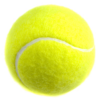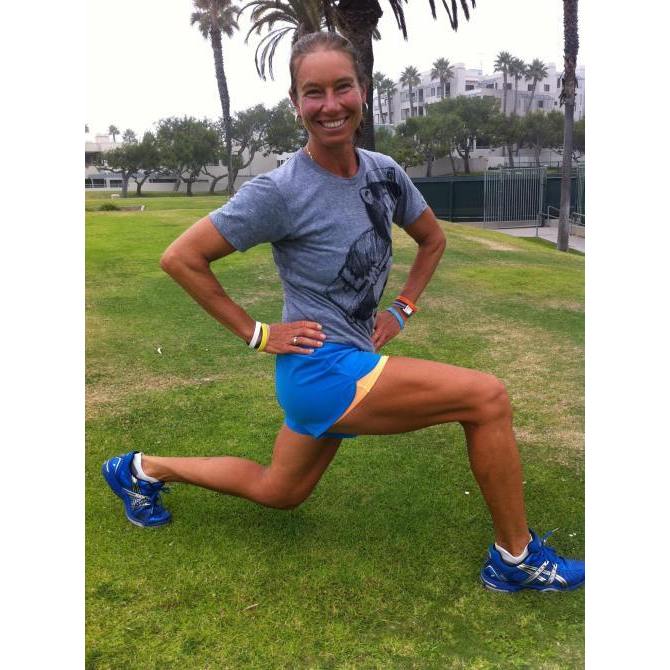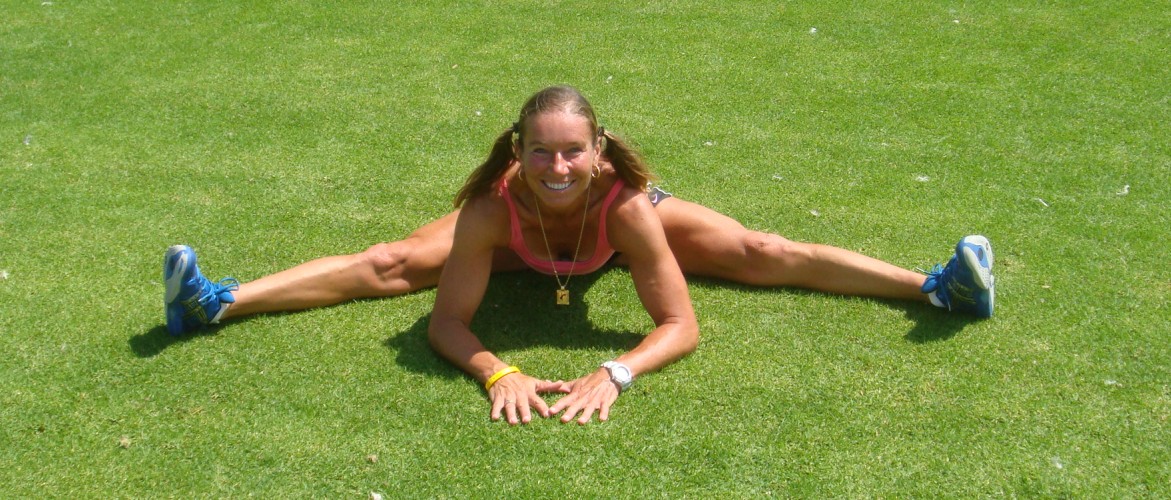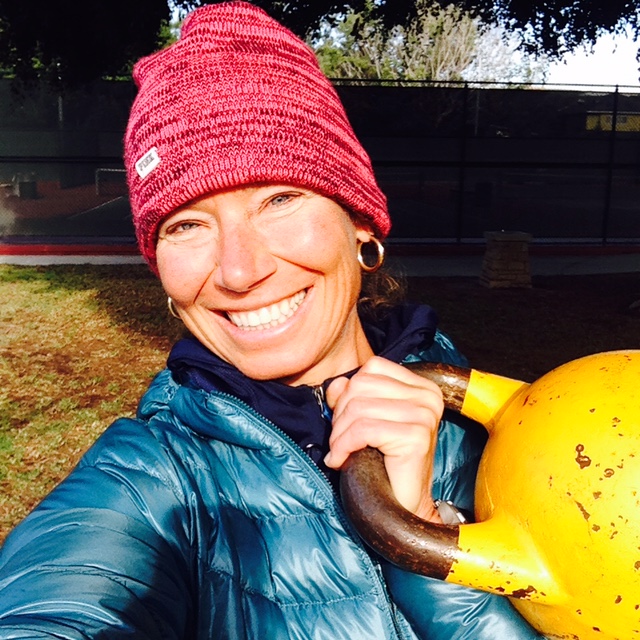The repetitive nature of tennis puts your body under severe stresses and potential injuries, especially in the knees, ankles, lower back and shoulders. Shoulder injuries are one of the most common in a tennis player because the shoulder muscles are relatively small and exposed to tremendous repetitive forces. Also, because of the large range of motion in the shoulder, the ligaments alone cannot provide enough stability through all planes of movements.
The main stability of the shoulder should be provided by the four muscles called rotator cuff: supraspinatus, infraspinatus, teres minor and subscapularis. It is extremely important to do a regular strength training of the rotator cuff – both external and internal rotation, with more emphasis on the external rotation. The internal rotators are helped by the bigger muscle groups in your chest and back, while the external rotators work alone and are generally much weaker than the internal rotators.
All tennis strokes involve more or less some external rotation, but the greatest stress is caused by the serve and overhead. Keeping the external rotator muscles strong will help you to prevent future overuse injuries – chronic inflammation or even rotator tears which can be excruciatingly painful and take long time to heal. Prevention, which means strengthening and stretching, is the best way to go.
In the following great exercise you will need a resistance band, also known as Theraband. A resistance band should be in every tennis player’s bag. If it is not in yours yet, please, go and pick one at any sport store or online. I get my Resistance Bands at power-systems.com. Buy a few different bands – different colors mean different resistance. The Theraband is also great for a warm up before your match or practice, and for strengthening of many muscles without going to the gym. You can carry it with you everywhere and pull on it even while you are watching TV.
External Shoulder Rotation with a Resistance Band
Stand straight with your right arm bent in the elbow and the upper arm “stuck” to the side of your body. Hold one end of the Theraband in the right hand. Now you have two options: you can either fasten the other end to anything stationary, or you can anchor it with your other hand on the opposite hip. I prefer the latter – when you master the technique of it, you can easily do the exercise anywhere and anytime, even while walking your dogs in the park (that’s when I do my rotator cuff exercises).
Now keeping your anchor hand steady, rotate your right hand and forearm outward, without moving the upper arm. Keep the wrist steady as well. Hold the outer position for a second and resist on the way back to the starting position. Make both movements smooth, no herky-jerky. Do 15 repetitions, switch the side, and perform 4 sets total.
If you find the movement too difficult, maybe your band is too strong for your rotator strength. Choose a proper resistance of the band – you want to feel some resistance, but it cannot be too heavy, or you won’t be able to pull the band smoothly.
For the optimal shoulder health it is beneficial to also strengthen the scapula stabilizing muscles which can be easily accomplished with all the variations of the previously described plank: plain, with hip twists, arm and leg lift, knee-to-elbow and side plank with leg lift. Besides the shoulders and scapula, the planks are excellent for the entire core.
Strong rotator cuff and core = better tennis and fewer injuries.
![]()
Do you wish to have a super strong core? Get your 16-page FREE guide with routines and get a strong core immediately to your e-mail box. Enter your email address on the right top ==>





